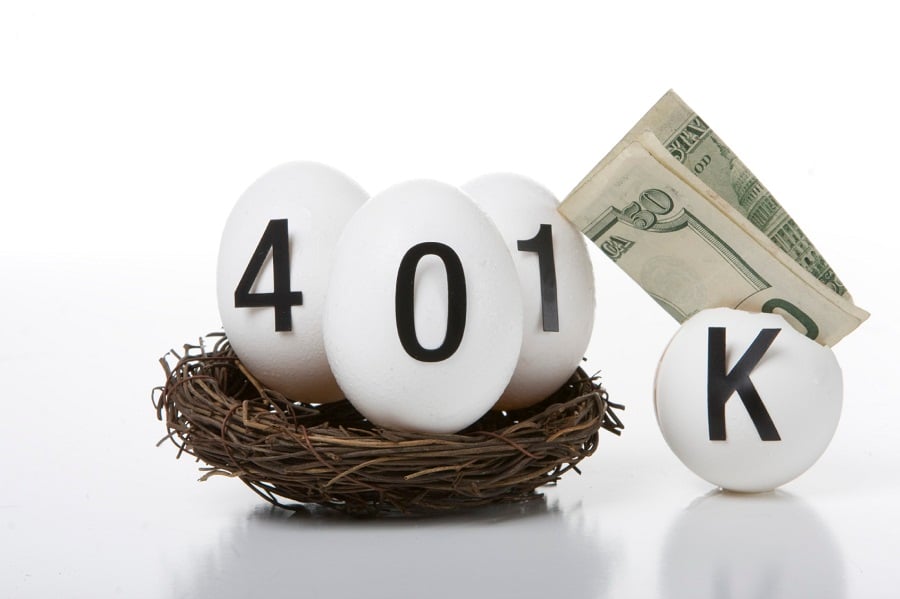If the balance in your 401(k) retirement savings plan is more than $92,500, you can take a little victory lap. You're above average.
That balance marks a record in
Fidelity Investments' quarterly analysis, which looks across 22,100 corporate defined-contribution plans and 14.5 million participants. It's a gain of $4,300, or about 5%, from a year ago and a big jump from the $69,400 average balance of five years ago. (A sobering caveat to this news: One in three nongovernmental employees have no retirement plan at all through their jobs.)
That may pale next to the Standard & Poor's 500-stock index's total return of 11.9% in 2016, but a good chunk of that 401(k) money is in bonds or stable-value funds.
http://www.investmentnews.com/wp-content/uploads/assets/graphics src="/wp-content/uploads2017/02/CI108945210.JPG"
The difference between average account balances by gender is striking: $108,200 for men, and $73,700, or 32% less, for women.
The average account balances are really impressive when you look at the 401(k)s of workers who have stuck with their employers for 10 years running. The gender gap is wide here, too, with men's average balance at $277,800 and women's at $201,300, or 28% less.
http://www.investmentnews.com/wp-content/uploads/assets/graphics src="/wp-content/uploads2017/02/CI108947210.JPG"
It's going to get tougher. The market may not provide much of a push to returns on traditional investments over the next decade. An October 2016 analysis by investment advisory firm Research Affiliates concluded that, after inflation and before fees, mainstream investors might be able to earn 4.6% on their money over the next 10 years, with 60% in stocks and 40% in bonds.
If you haven't saved quite $92,500 yet, you likely made progress over the past year. "Auto-escalation" clauses, which bump up the percentage of salary put into the tax-deferred accounts by 1% annually (up to a cap that differs by company), are playing a larger role. For all of 2016, Fidelity found that more than one in four people raised the percentage they defer into their 401(k), and half did so through an auto-escalation feature.
The average deferral rate is now 8.4%, the highest it's been since the second quarter of 2008, Fidelity found. Rising contributions are part of a longer trend. A survey of 600 plans by the Plan Sponsor Council of America found that in 2015 workers put 6.8% of earnings into 401(k) and profit-sharing plans, an increase from 6.2% in 2010.
To put that in perspective, while any extra amount of savings is a good sign, saving 10% of one's salary is the absolute least that most financial planners recommend.
Meanwhile, the percentage of account holders at Fidelity who have a 401(k) loan fell to 21%. The last time it was that low was 2009's final quarter. The peak for loans since 2007 was in the fourth quarter of 2013, when 22.9% of account holders had a loan outstanding.
The drop in loans is due in part to moves by employers to reduce the number of loans that employees can take at one time, to implement waiting times between taking out loans, and to allow plan participants to borrow just the money they have put into the plan and not the employer matching funds.
As for Fidelity's IRA accounts, the average balance is $93,700, compared with $90,100 a year ago and $69,400 five years ago.
All those numbers reflect progress but also a challenge. As life expectancy increases and the inflation rate on health-care spending regularly rises above broad-based gains in wages, you need to stay ahead of the game.







